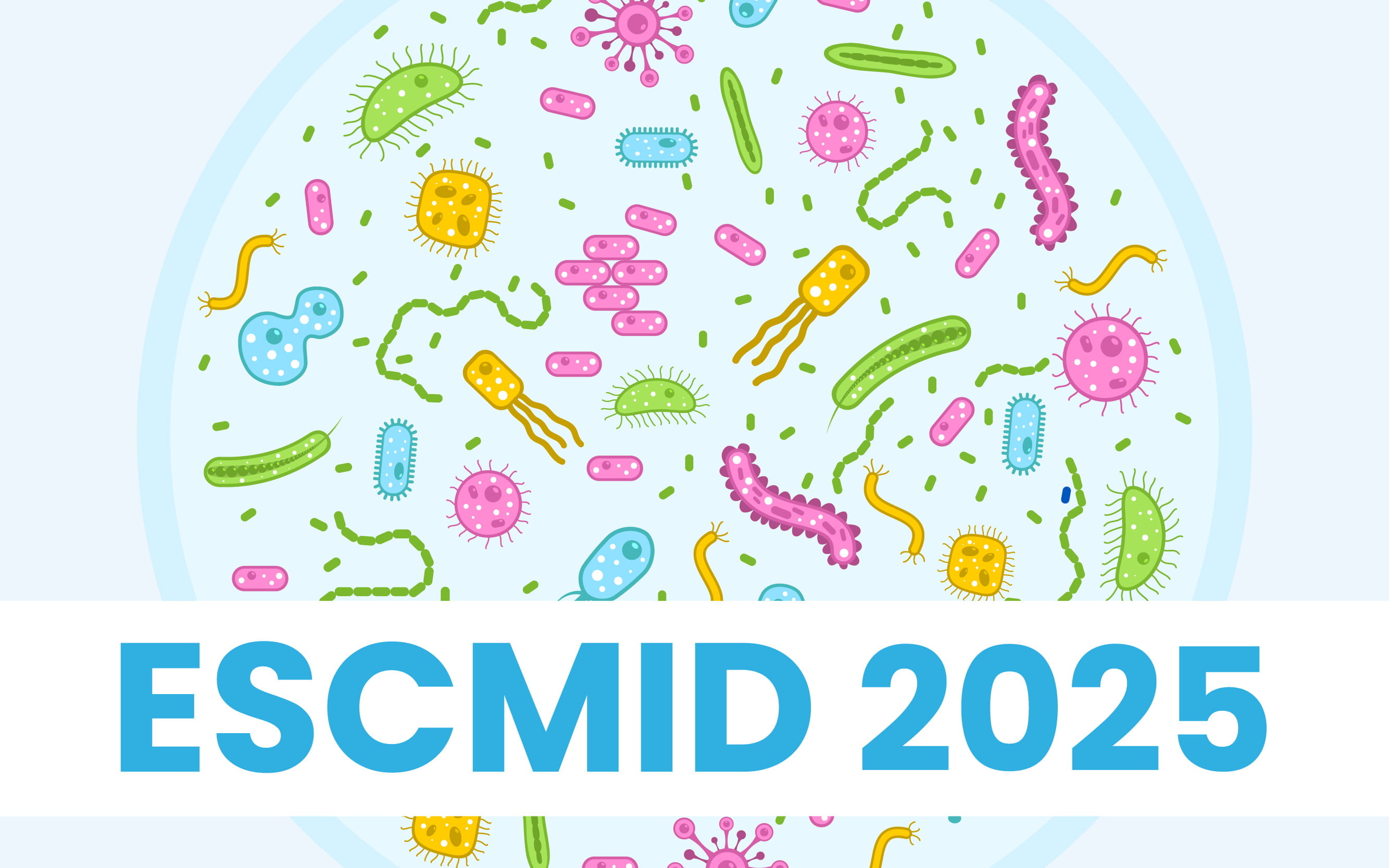Understanding Breakthrough Pneumococcal Disease: Insights and Implications for Pediatric Health
Speaker: Inci Yildrim, United States
Overview of Pneumococcal Vaccine Coverage and Challenges:
The speaker opened by reviewing the evolution of pneumococcal conjugate vaccines (PCVs), noting their serotype-specific protection across over 100 pneumococcal variants. The introduction of PCV7 led to a global >70% drop in IPD incidence within a year. Subsequent implementation of PCV10 and PCV13 further reduced disease rates by 60–80%. However, residual disease persists, with current cases involving a broader spectrum of serotypes and some serotypes included in existing vaccines.
Defining Breakthrough Disease:
Breakthrough disease was defined as IPD (Invasive Pneumococcal Disease) occurring in a child with at least one prior PCV dose. A subset of these cases represents true vaccine failure, especially in children vaccinated according to age-appropriate national schedules. Prevalence estimates range from 2–19%, with a general consensus that it remains below 10%.
Factors Influencing Breakthrough Disease:
A complex interplay of factors was highlighted:
- Vaccine Formulation: Increased serotype inclusion tends to reduce immunogenicity (measured by geometric mean antibody titres), though clinical implications of this are uncertain.
- Vaccination Schedule:
- US Data: 3+0 schedules outperform 2+0 in terms of reducing breakthrough cases.
- Australia: Shift from 3+0 to 2+1 improved outcome by curbing rising breakthrough rates with PCV13.
- UK: Transition from 2+1 to 1+1 showed no significant increase in IPD incidence, likely due to strong herd immunity.
- France (modelling): PCV15 (2+1) performed comparably to PCV20 (3+1) in reducing future breakthrough disease burden.
Serotype Behaviour and Immunological Considerations:
Serotypes vary in vaccine responsiveness. Serotype 3, 19A, and 19F were cited as more resilient, often accounting for over 90% of breakthrough cases. Data from the US reinforced this finding, noting these serotypes’ dominance among failures. Historical data (e.g., Andrews et al. 2014) support the need for higher antibody levels to confer protection against specific serotypes.
Herd Immunity and Regional Variability:
In high-coverage settings, differences between schedules diminish, due to reduced community transmission. Conversely, low- and middle-income countries exhibit higher IPD incidence due to increased nasopharyngeal colonization, bacterial load, and environmental factors (e.g., crowding, smoke exposure).
Co-infection as a Risk Factor:
The role of viral co-infections—especially RSV—was explored. Studies showed certain pneumococcal serotypes are more likely to invade in the presence of concurrent viral infections, possibly requiring this “viral push” to breach mucosal defences.
Host Factors and Risk Stratification:
Individuals with underlying risk conditions (e.g., immunocompromised states) are disproportionately represented among IPD and breakthrough cases. Although these conditions affect only 2–9% of the general population, they account for 20–30% of IPD and approximately one-third of breakthrough disease cases.
Conclusion:
- The speaker concluded that while pneumococcal conjugate vaccines are not 100% effective, breakthrough disease remains uncommon.
- Emphasis was placed on maintaining high vaccine coverage and ensuring complete schedules, especially including booster doses.
- A high level of herd immunity is essential not only to protect unvaccinated individuals but also to mitigate breakthrough infections among vaccines.
- Ongoing surveillance and nuanced understanding of vaccine-serotype interactions and scheduling impacts were called essential to optimize pneumococcal disease prevention strategies.
ESPID 2025, 26-30 May, Bucharest




